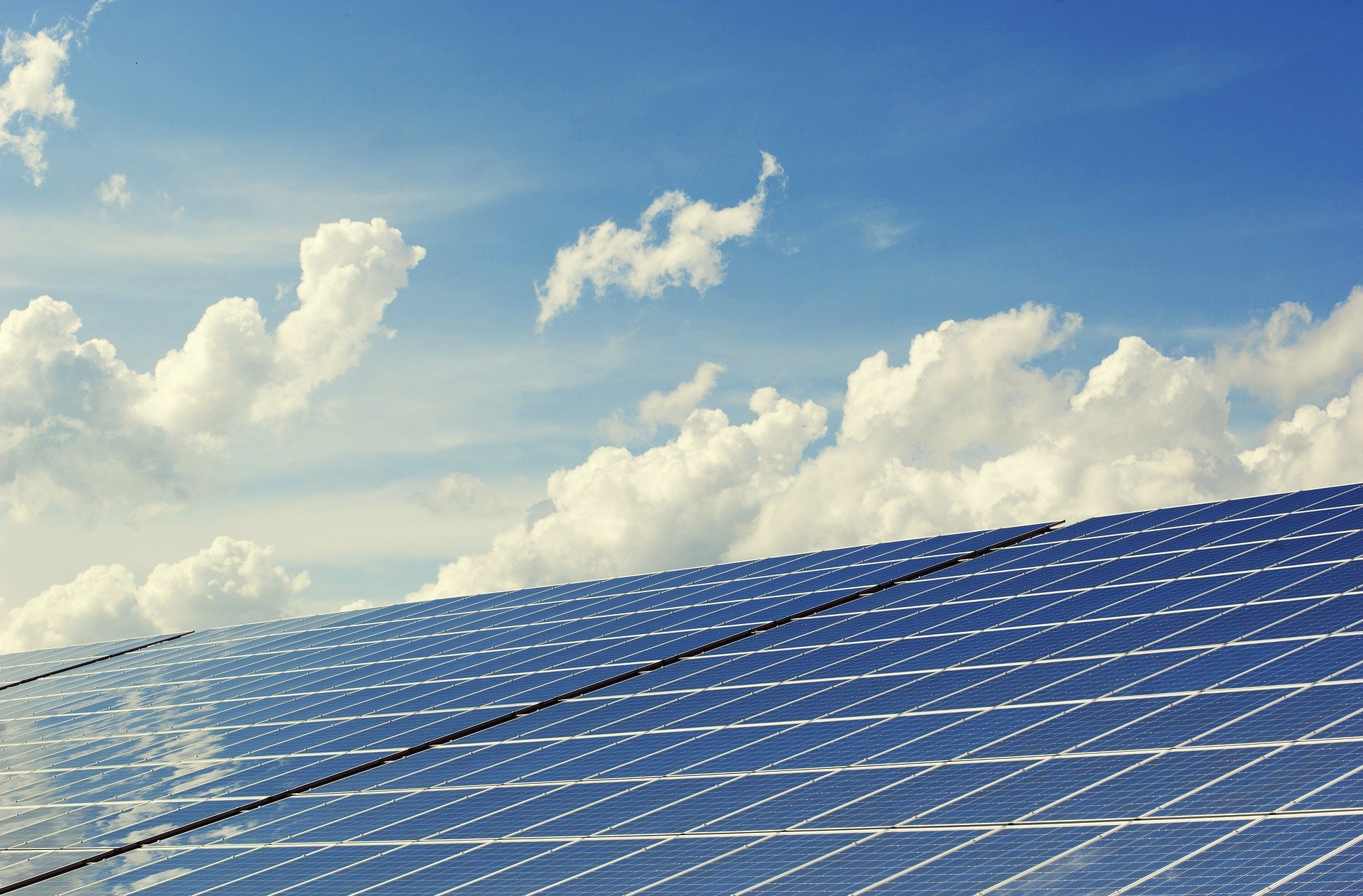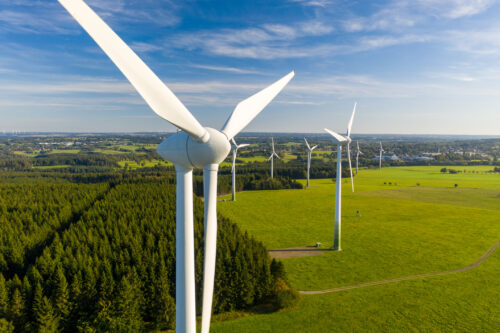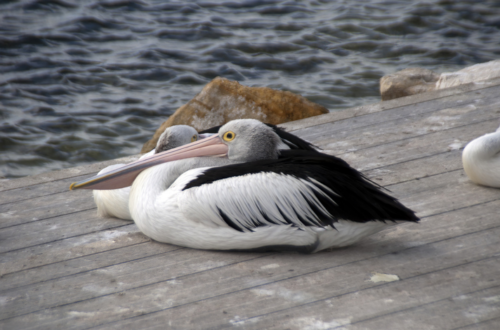Parts of eastern and southern Australia just had their cloudiest November in decades, reducing solar power generation across several states.
A wet, mild and cloudy November in Australia
Last month was Australia’s wettest November on record and its coolest November in 22 years. It was also an exceptionally cloudy month for many parts of the country.
Australia’s eastern capital cities had their cloudiest November in 40-45 years. In Sydney, there was only 4.9 sunshine hours on average per day, while Brisbane only saw 6.4 hours of sunshine per day. This was around three hours less per day than usual for November in both cities.
Southern capitals were also plagued by cloud, with Melbourne experiencing its cloudiest November in more than 20 years (average of 6.5 hours per day). Adelaide fared a little better, with 8.5 hours of sunshine per day making it the cloudiest November in only four years.
The video below shows how widespread cloud cover was across Australia during the passage of a thick northwest cloud band towards the end of the month.
Video: Enhanced water vapour satellite imagery showing a northwest cloud band crossing Australia on November 23/24.
This was one of several cloud and rain-bearing weather systems that swept over Australia in November.
Solar generation impacted by cloud cover
November’s prolific cloud cover reduced solar generation in several states.
The maps below from our partner Solcast show how the cloud cover reduced solar irradiance on November 11 and November 24.
Vidoes: Total global horizontal irradiance on November 11 (top) and November 24 (bottom). Source: Solcast
Data from OpenNEM reveals that November’s cloudiness caused the first drop in year-on-year solar output since 2017 for NSW and QLD. There was also a noticeable impact on solar output in SA and VIC last month.
The graphs below show the total November solar generation (rooftop and utility combined) for QLD, NSW, VIC and SA.
Images: Total November solar generation (rooftop and utility combined). Source: OpenNEM.
The graphs show that total November solar generation has been increasing year-on-year during November, driven by a boom in solar installations across Australia.
However, November 2021 saw a noticeable drop in solar generation, even as solar installations continued to climb.
The Australian Clean Energy Council reported that small scale rooftop solar had increased to 7 percent of Australia’s total annual electricity generation in November, up from 5.5 percent the previous year.
The fact that solar generation saw a year-on-year drop during November 2021, despite the continued growth in solar installation, highlights how much of an impact cloud cover had on the performance of solar power in the National Electricity Market (NEM)
It’s worth pointing out that while overall solar generation was hindered by cloud cover during the month, there were days where it made up a large contribution of total generation.
A combination of mild weather and sunny skies saw both SA and VIC set new minimum operational demand records towards the end of the month. On these days, the rooftop solar contribution was 49 percent and 92 percent of the total generation in VIC and SA, respectively.
Mild weather and sunny conditions in Victoria this weekend set a new minimum operational demand record of 2,333 MW on Sunday, down from the previous 2,402 MW record on 31 October 2021. At the time, rooftop solar contributed 49% (2,283 MW) of total generation. #NEMRecord pic.twitter.com/XlfU0r7uhE
— AEMO (@AEMO_Energy) November 29, 2021
Rooftop solar provided 92% (at 1220MW) of South Australia’s electricity needs on Sunday, helping set a new minimum demand record of 104 MW from 12:30 to 1pm – down 45% from the previous record of 188MW on 31 October 2021. pic.twitter.com/TOVtaTPusC
— AEMO (@AEMO_Energy) November 22, 2021
Why was it so cloudy and wet?
Australia’s wet, cool and cloudy November was caused by a combination of several climate factors all driving elevated levels of moisture-laden air towards the country.
- La Niña became firmly established in the Pacific Ocean during November
- An active pulse of the Madden Julian Oscillation (MJO) moved into the Australian region
- A negative Indian Ocean Dipole (IOD) pattern lingered in the Indian Ocean
- A positive Southern Annular Mode (SAM) persisted to the south of Australia
Image: Australia’s wettest November on record was caused by the combined effort of several climate drivers.
With La Niña and a positive SAM forecast to persist in the coming weeks and months, above-average rain and cloud cover is likely to remain a feature for eastern Australia this summer.
Solar power is becoming increasingly important in the energy markets. However, the variable nature of solar generation like we saw in November, poses significant challenges for integration into the electricity industry.
Weatherzone, in partnership with Solcast, now provides solar power forecasting and solar irradiance data, for both large-scale solar farms and small-scale PV systems, plus their grid or regional aggregates. For more information, please contact us at business@weatherzone.com.au.











